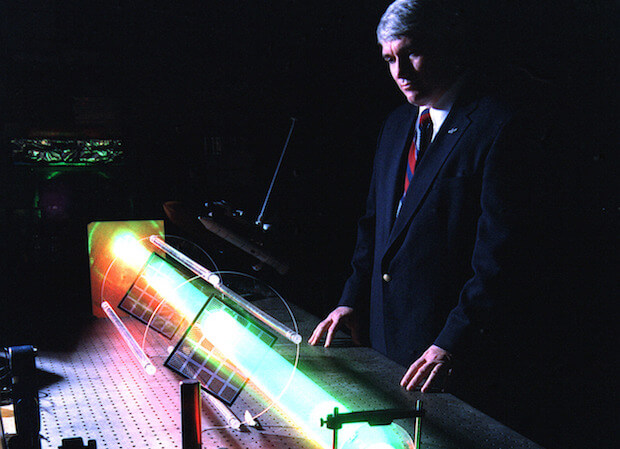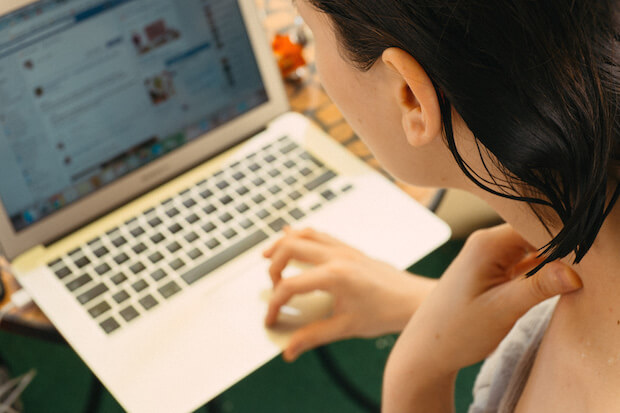
See related on our blog: Parents beware: prescription drugs are being sold at school
When today’s generations of parents were in high school, peer pressure was surrounded by messages of ‘don’t do drugs’ and ‘don’t smoke.’ In today’s ‘technified’ world, however, our kids are faced with deceiving tactics to get them hooked on nicotine (or so the possibility is out there).
The danger today comes in the form of e-cigarettes (which is only one name for these devices). And, alarmingly, their usage rate among teens is growing. This also applies to Canadian teens.
E-cigarettes are becoming a deceiving health threat to teenagers in many ways
While battery-powered, electronic cigarettes are touted to be a healthier (but not ‘healthy’) option than actual tobacco-based cigarettes (for current smokers), they’re not necessarily harmless. Typically, they’re used as a method to quit or reduce smoking.
But among teens and new vapers, there are concerns e-cigs could lead to actual smoking. See these articles for more info:
E-cigarette use may lead to conventional smoking in teens, study finds
Teens who vape more likely to become heavy smokers
And so, parents be aware: teens are dangerously vaping e-cigs for flavours…or because they seem ‘harmless.’
Yes, we said “flavours.” It’s a bizarre concept for those who don’t participate in ‘smoking culture,’ we know. But it’s a ‘thing’ (kind of like menthol cigarettes). The packaging on the liquid that goes into these e-cigarettes advertise dessert and fruit flavours, among other options. Of course, that makes them alluring to the uneducated (especially youth). But as the U.S. Surgeon General points out in this video, reading about the nicotine content on these packages is not as obviously displayed.
This article at myhealthoc.org also points out that “vaping devices are being sold in every color of the rainbow sometimes with cartoon characters labeled on the outside or sleek attractive designs.”
One other deception being pointed out is the use of labels for these devices that don’t include the word “cigarette” in them. That can make them seem more harmless, according to some. For example, they can be called, “vape pens,” “vaporizers,” or “e-hookahs.”
E-cigarettes can affect brain health in teens, among other concerns
The U.S. Surgeon General, on a dedicated website to the issue, makes the case that use of nicotine affects brain development in growing teens. E-cigs also contain harmful substances, other than nicotine (like heavy metals). And the myhealthoc.org article linked to above states that:
“Other recent studies have found acetaldehyde and acetone in the vapor of several different e-cigarette models. The Food and Drug Administration (FDA) conducted a study and discovered diethylene glycol, a chemical used in industrial antifreeze that is toxic to humans.”
A comical explanation of the brain effects of nicotine on kids was made by Rhett and Link on YouTube here. Clearly, the messaging there was to appeal to youth (and to make adults laugh a bit). But the surgeon general, who points out that video on his website, is serious – make no doubt about it.
The myhealthoc.org article linked-to above agrees yet again, explaining that risks of vaping include “inflammation of lungs, narrowing of airways, allergic reactions, and shortness of breath.”
Some articles online do point out that not all e-cigarette liquids contain nicotine. However, the potential for them to be a gateway drug is still a concern, as noted by an Edmonton doctor in this CBC article. Alberta influencers are also saying it’s time to start introducing regulations on e-cigarette products, due to their harmful potential on teens.
There are other reasons teens are opting for e-cigs over traditional cigarettes
If you thought flavouring was a weird reason to start vaping, you might be blown away by the other excuses kids are citing for their use of e-cigarettes. For example, blowing smoke competitions. Yup, like doing tricks by blowing the e-cig vapour out of your nose and mouth. Teens are getting into that.
Other reasons are because they cost less than traditional cigarettes, and because their friends are using them (because of course, being ‘cool’ is always in style…).
To conclude: it’s time to make teens aware of the harmful effects of e-cigarettes
While some vaping and e-cigarette regulations are being rolled out across Canada, parents and educators can do more with regards to prevention in youth. Of course, there are those who say kids could be doing more dangerous activities, and that the attraction could be a result of general risk-taking tendencies, or curiosity. But no doubt, the more kids know about how deceiving the marketing of these products has been, the more they’ll be able to make better-informed decisions about using them.




